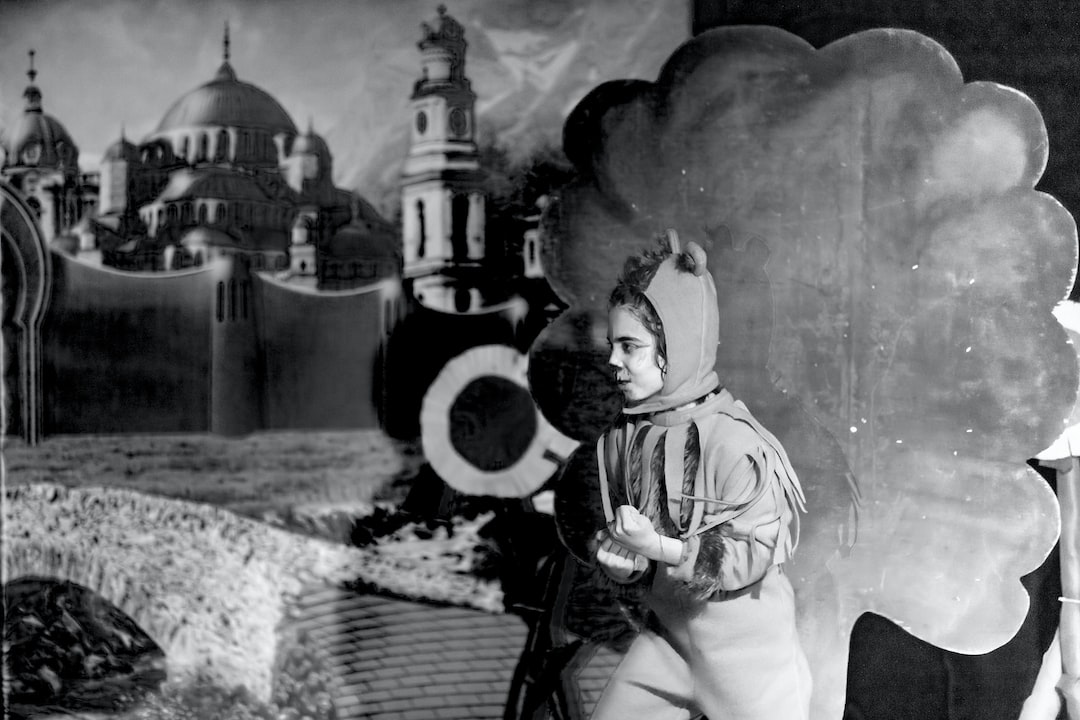Exploring the Influence of Art in Advertising and Marketing
Art has always been used as a form of expression and communication throughout history. It has the power to evoke emotions, spark conversations, and captivate audiences. Over the years, the influence of art has made its way into various industries, including advertising and marketing. In this blog post, we will explore the significant impact that art has on these fields and how it shapes the way we perceive and engage with brands.
Art in Advertising: Catching Attention and Creating Memorable Experiences
Advertising is all about grabbing attention and creating a lasting impression. Art plays a crucial role in achieving these objectives. By incorporating artistic elements in advertisements, marketers can attract and engage consumers in a more profound and meaningful way.
Visual aesthetics have a profound impact on our perception and understanding of messages. Artistic elements like colors, compositions, and imagery help create visually appealing ads, making them more likely to grab the viewer’s attention. Whether it’s a captivating painting, a thought-provoking photograph, or an intricately designed graphic, art adds a level of beauty and intrigue that cannot be easily ignored.
Moreover, art helps advertisers convey complex ideas and emotions more effectively. While words may sometimes fall short, art has the power to translate abstract concepts into tangible experiences. It gives advertisers the ability to tell stories and communicate messages that resonate with their target audience on a deeper level. By using artistic elements, advertisers can evoke emotions, build connections, and ultimately leave a lasting impact on consumers.
Art in Marketing: Creating Brand Identity and Differentiation
In the world of marketing, standing out from the competition is essential. Incorporating art into marketing strategies enables brands to develop a unique identity and build a distinctive image. Through artistic elements such as logos, packaging designs, and brand visuals, marketers can express their brand’s personality and differentiate themselves from others in the market.
Art also helps foster brand loyalty by creating memorable experiences for consumers. Think about iconic brand campaigns like Apple’s “Think Different” or Coca-Cola’s holiday-themed advertisements. These campaigns used art to bring their brands to life, creating a strong emotional connection with customers. By associating a brand with art, marketers can elevate their products or services beyond their functional value, making them more desirable and memorable.
Artistic collaborations in advertising and marketing have become increasingly popular in recent years. Brands often collaborate with renowned artists, designers, and creative professionals to create unique content and experiences. These collaborations not only enhance the brand’s image but also provide artists with a platform to showcase their work to a wider audience. This symbiotic relationship creates a win-win situation, where the brand gains artistic credibility, and the artist gains exposure and recognition.
The Future of Art in Advertising and Marketing
As technology continues to advance, the role of art in advertising and marketing is expected to evolve. With the rise of digital platforms and social media, visual content has become more prevalent than ever before. Brands are now leveraging platforms like Instagram and TikTok to share visually appealing and artistic content that catches the attention of their target audience. This trend indicates that art’s influence in advertising and marketing will only continue to grow in the future.
In conclusion, art plays a significant role in advertising and marketing. Its aesthetic appeal and ability to evoke emotions make it a powerful tool for capturing attention, creating memorable experiences, and building brand loyalty. Through artistic collaborations and unique visuals, brands can differentiate themselves and create a lasting impact on consumers. As the digital landscape continues to evolve, we can expect the influence of art in advertising and marketing to become even more prominent in the years to come.

